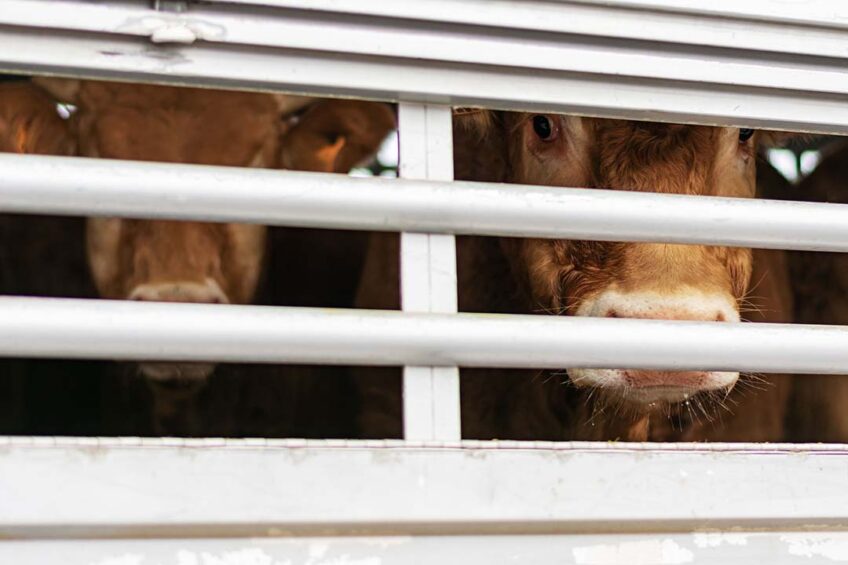Testing for avian influenza now required for US dairy cows

The US Department of Agriculture (USDA) has announced that any cattle intended to be transported across US state lines would need to be checked for avian influenza infection.
As of 11 April, there were 11 US dairy farms with avian influenza infections across 7 states, which include Michigan, Idaho, Kansas, New Mexico, Texas and North Carolina.
The new order from the USDA came a day after the US Food and Drug Administration (FDA) announced that fragments of the avian influenza virus were found in milk on store shelves.
Nationwide testing
On 24 April, the FDA said it would now be conducting a nationwide testing survey of commercially-sold milk for the presence of the virus particles and release the results in the coming days. This is not being done for any food safety reasons (i.e., risk of human infection with avian influenza) but to try and pinpoint the farms where milk containing the virus is coming from.
Indeed, Michael Osterholm, an infectious disease expert and director of the Center for Infectious Disease Research and Policy at the University of Minnesota, noted in media reports on 24 April that most milk also contains whole pieces of such pathogens as E. coli and listeria, but they are harmless. That is, pasteurisation kills viruses, but the tiny leftover pieces are not removed by the pasteurisation process.
The FDA had already stated on 23 April that “to date, we have seen nothing that would change our assessment that the commercial milk supply is safe”.
Source of infection
In a recent Dairy Global story, there was reported conjecture that contaminated feed was a possible way dairy cows may have been infected with avian influenza. In the US, it’s legal to include ground chicken litter in cattle feed. However, this is unlikely as an infection route and would also mean that all the infected farms would have been sourcing contaminated feed.
Instead, some experts point to infection from cows eating grass or drinking water containing wild bird faeces that in turn contains the avian influenza virus. It is now well-established that transmission of small amounts of wild bird faeces into commercial poultry barns through people, equipment or even ventilation systems is the likeliest way that the virus has infected hundreds of poultry flocks in North American and Europe.
On-farm infection spread between cows may be occurring through contaminated milking equipment.
Join 13,000+ subscribers
Subscribe to our newsletter to stay updated about all the need-to-know content in the dairy sector, two times a week.










